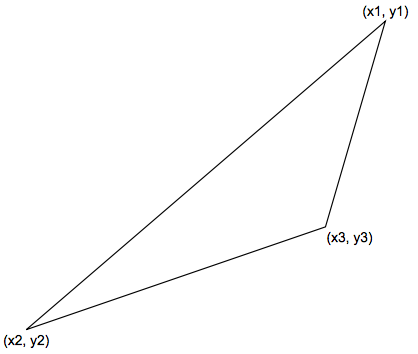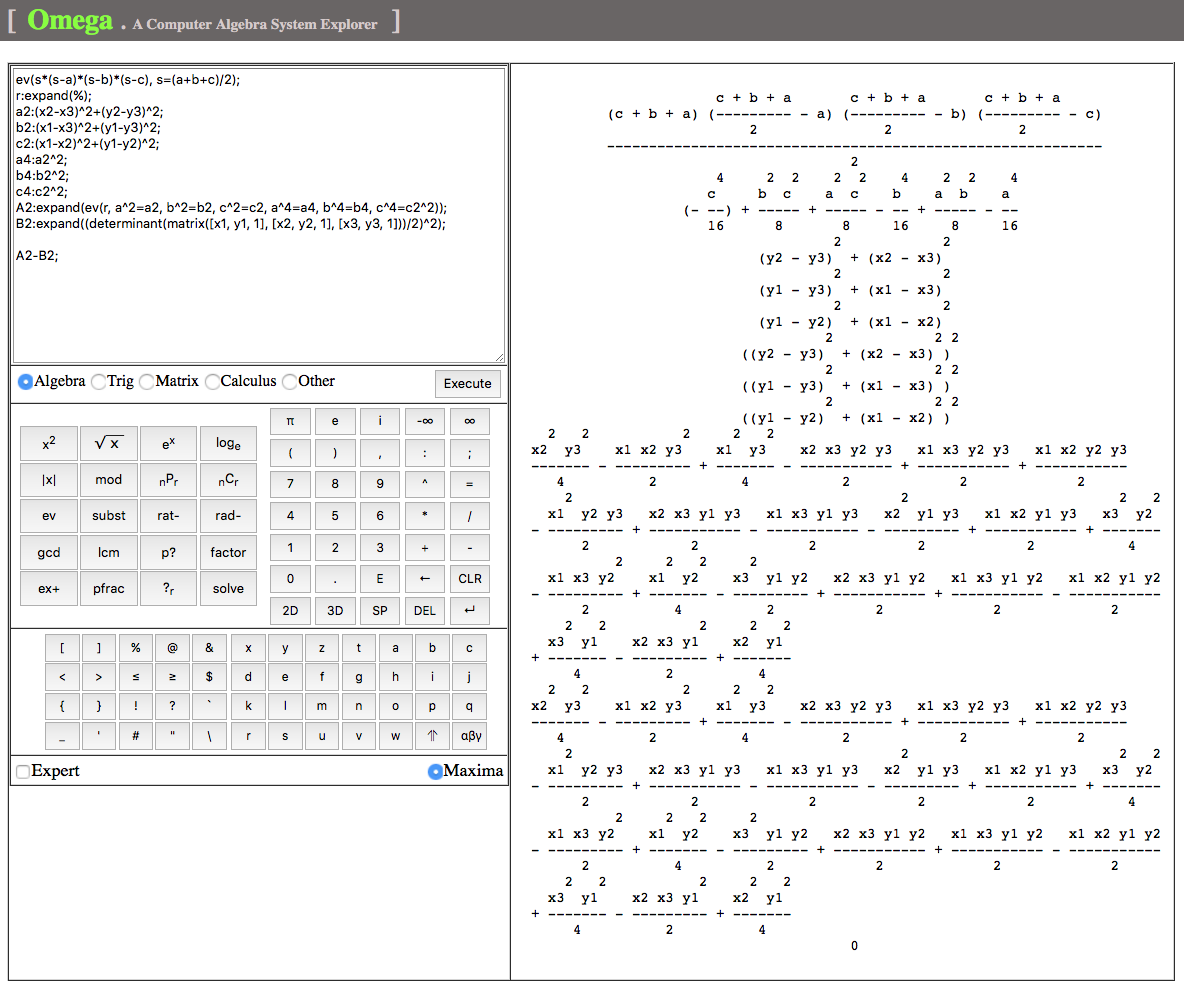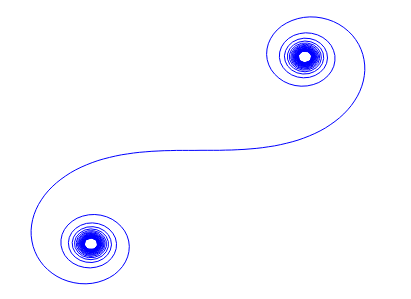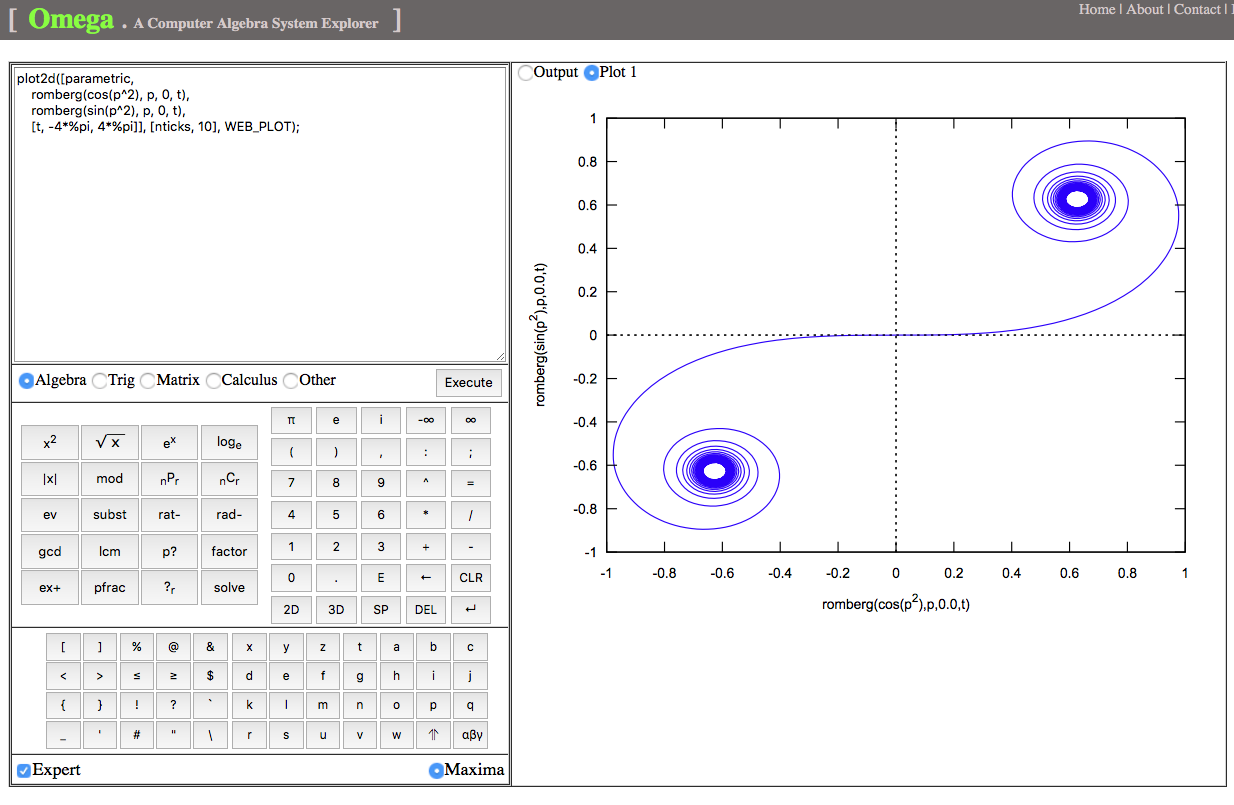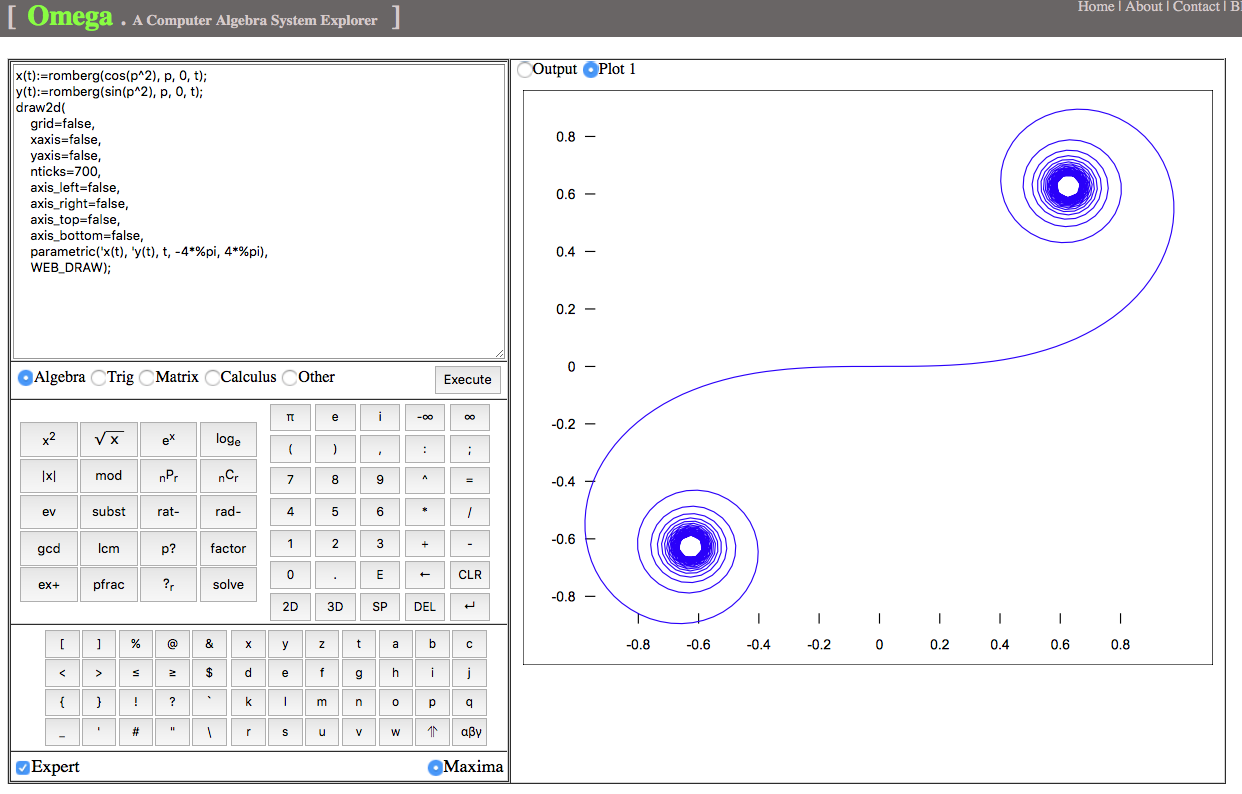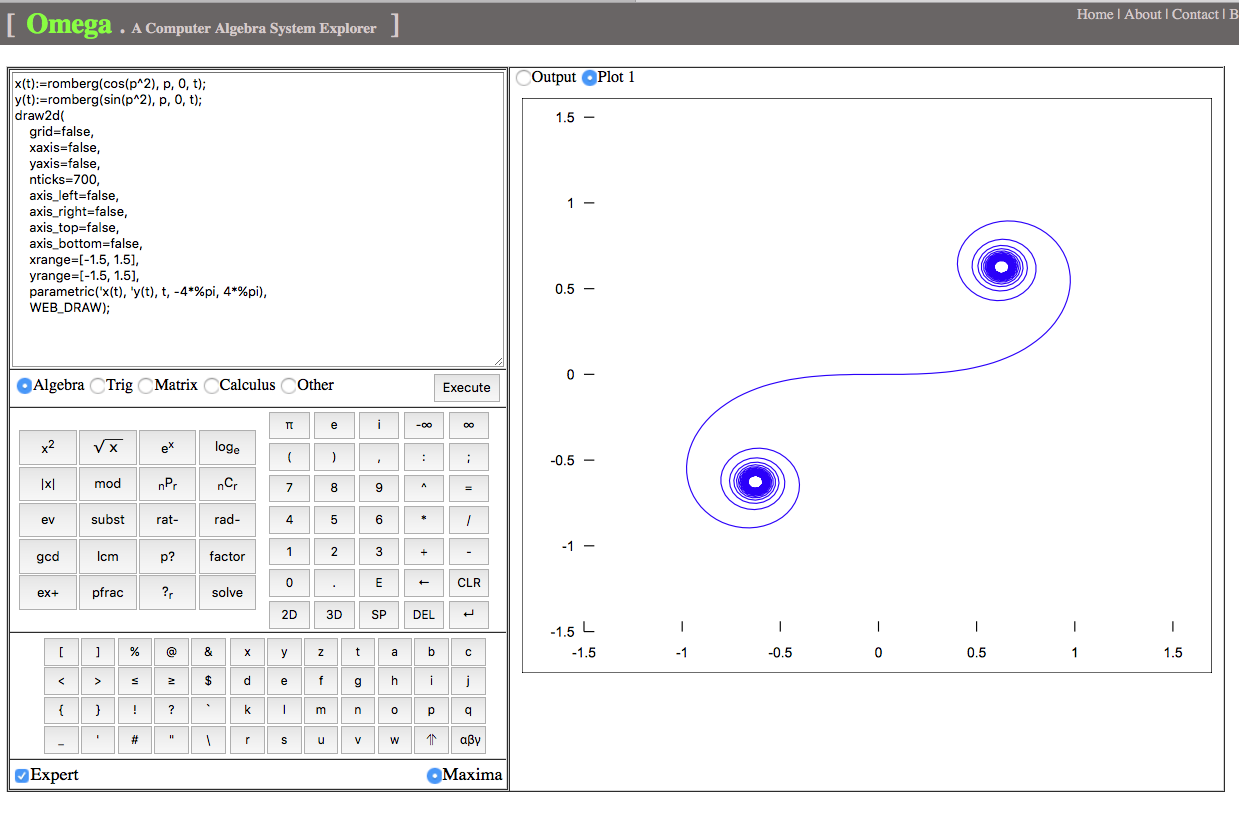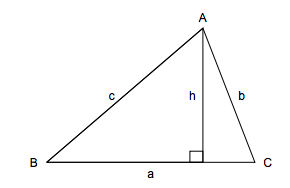
In the traditional teaching of Analytical Geometry, the governing equation for a straight line has the following five forms, along with limitations for the first four:
[1] Point-Slope form: where
is a point on the line, and
is the slope. The limitation for this form is that it can not represent line perpendicular to the x-axis since it has no slope.
[2] Slope-Intercept form: where
is the slope,
is the intersect the line made on y-axis. Its limitation is that it can not represent line perpendicular to the x-axis.
[3] Two-Point form: where
are two points on the line. However, this form can represent neither line perpendicular nor parallel to x-axis due to the fact when
or
, the form breaks down from dividing by zero.
[4] Point-Intercept form: where
are the intersects the line made on x-axis and y-axis respectively, and
. Again, this form can represent neither line perpenticular nor parallel to the x-axis. It does not work for any line that passes the point of origin either.
[5] General form: , this form can represent all lines.
Here I am presenting a proof to show [5] is indeed capable of representing all straight lines.
Let us start with an observation:
In a rectangular coordinate system, given two distinct points , and any point
on the line connecting
and
, the area of triangle with vertices
and
must be zero!
Recall a theorem proved in my blog “Had Heron Known Analytic Geometry“, it means for such and
,
.
Therefore, we can define the line connecting two distinct points as a set of such that the area of the triangle with vertices
and
is zero, mathematically written as
.
Since ,
is an algebraic representation of the line connecting two distinct points and
.
When , (1) becomes
,
and when , we have
,
a line perpendicular to the horizontal axis.
When , (1) becomes
,
a line parallel to the horizontal axis.
Evaluate (1) with yields:
.
Collecting terms in (1), and letting
,
,
,
(1) can be expressed as
.
In fact, we can prove the following theorem:
.
To prove , we need to show
We have already shown (2) by setting the values of and
earlier.
We will prove (3) now:
and
, we have
.
Written in matrix form,
.
If
,
then by Cramer’s rule,
is a column vector of zeros,
i.e.,
which contradicts the fact that
are not all zero.
Hence,
which implies:
.
The consequence of is that every point
on a line connecting two distinct points satisfies equation
for some
.
Stated differently,
where
are not all zero is the governing equation of any straight line.

